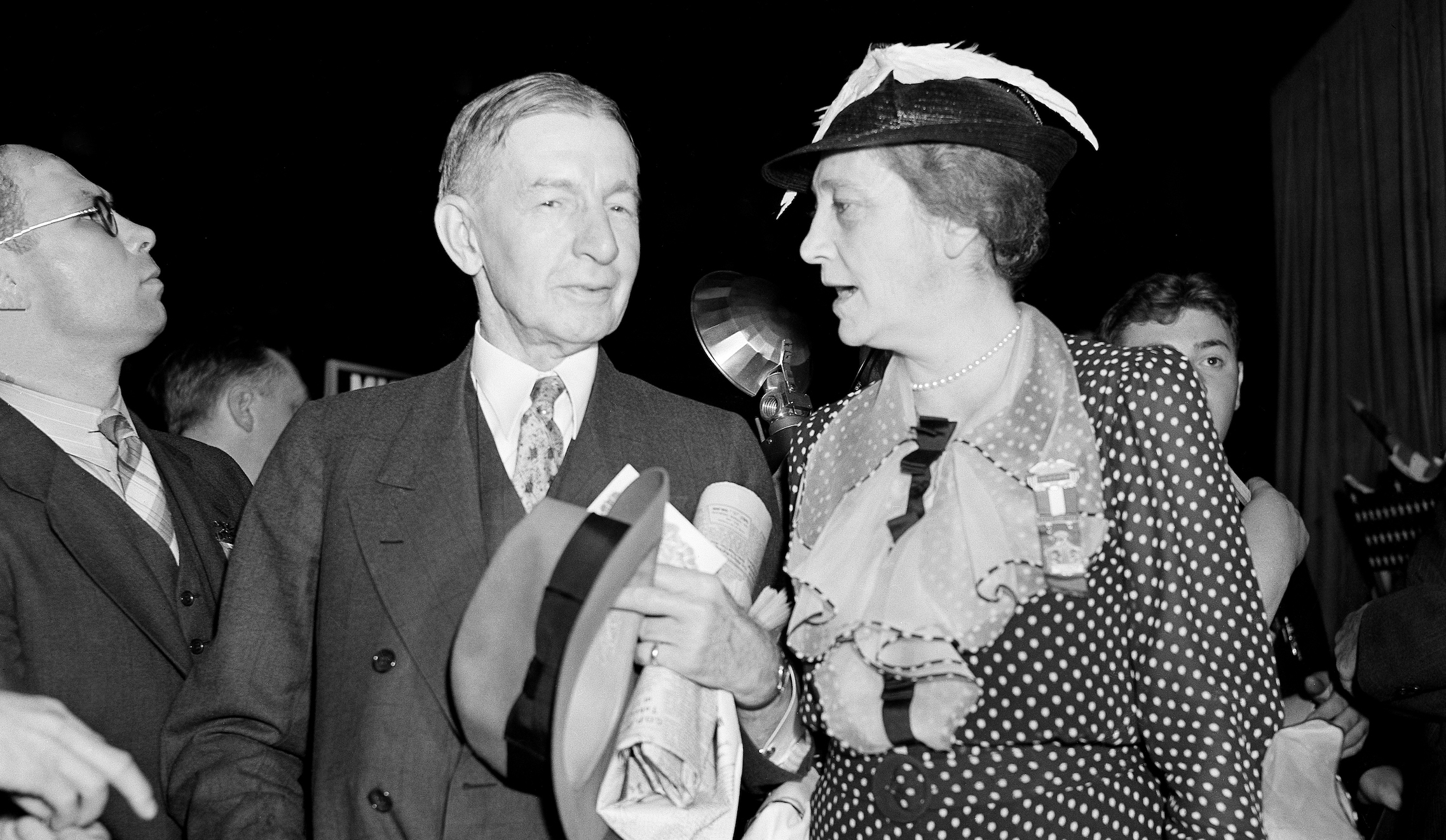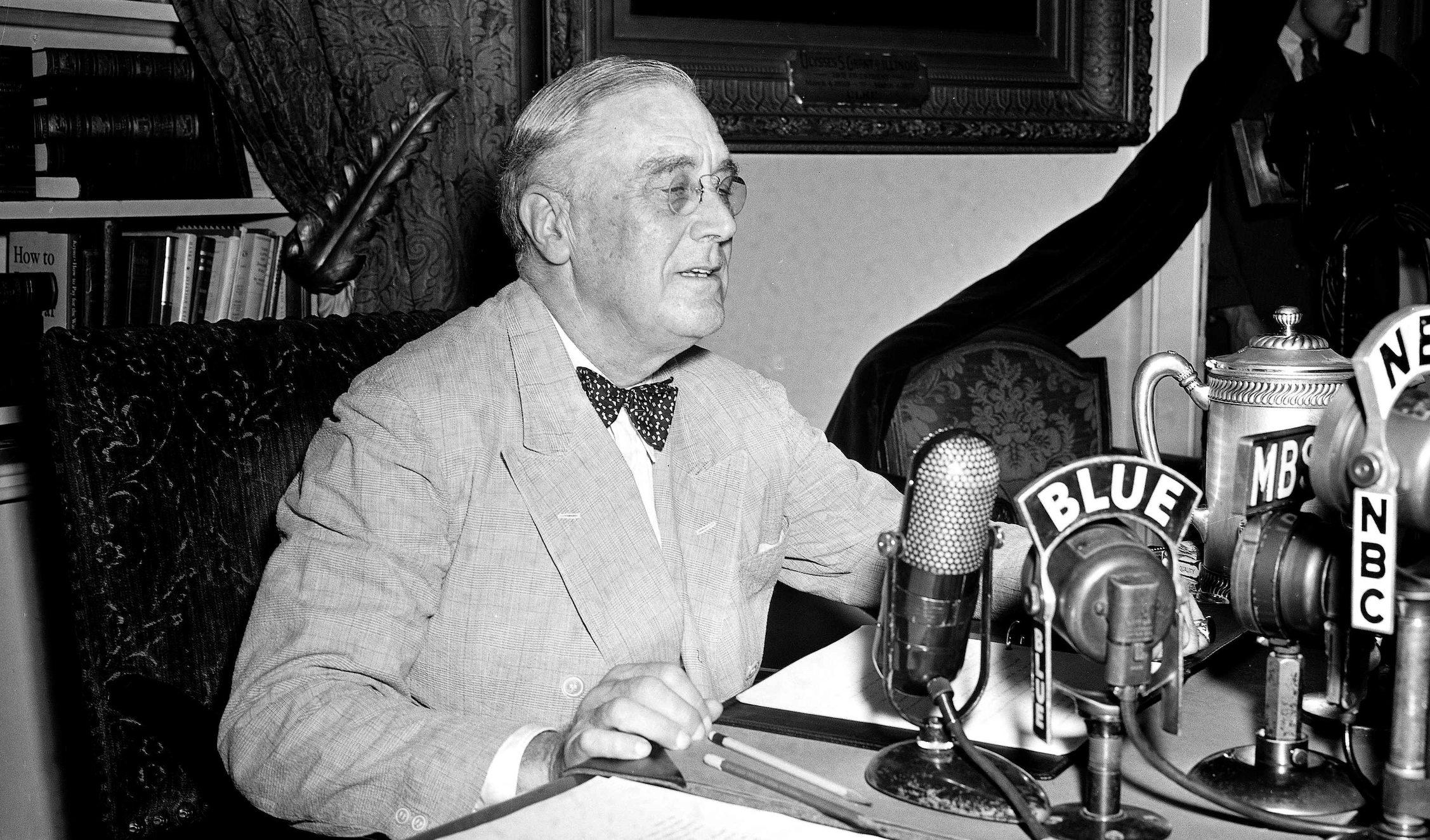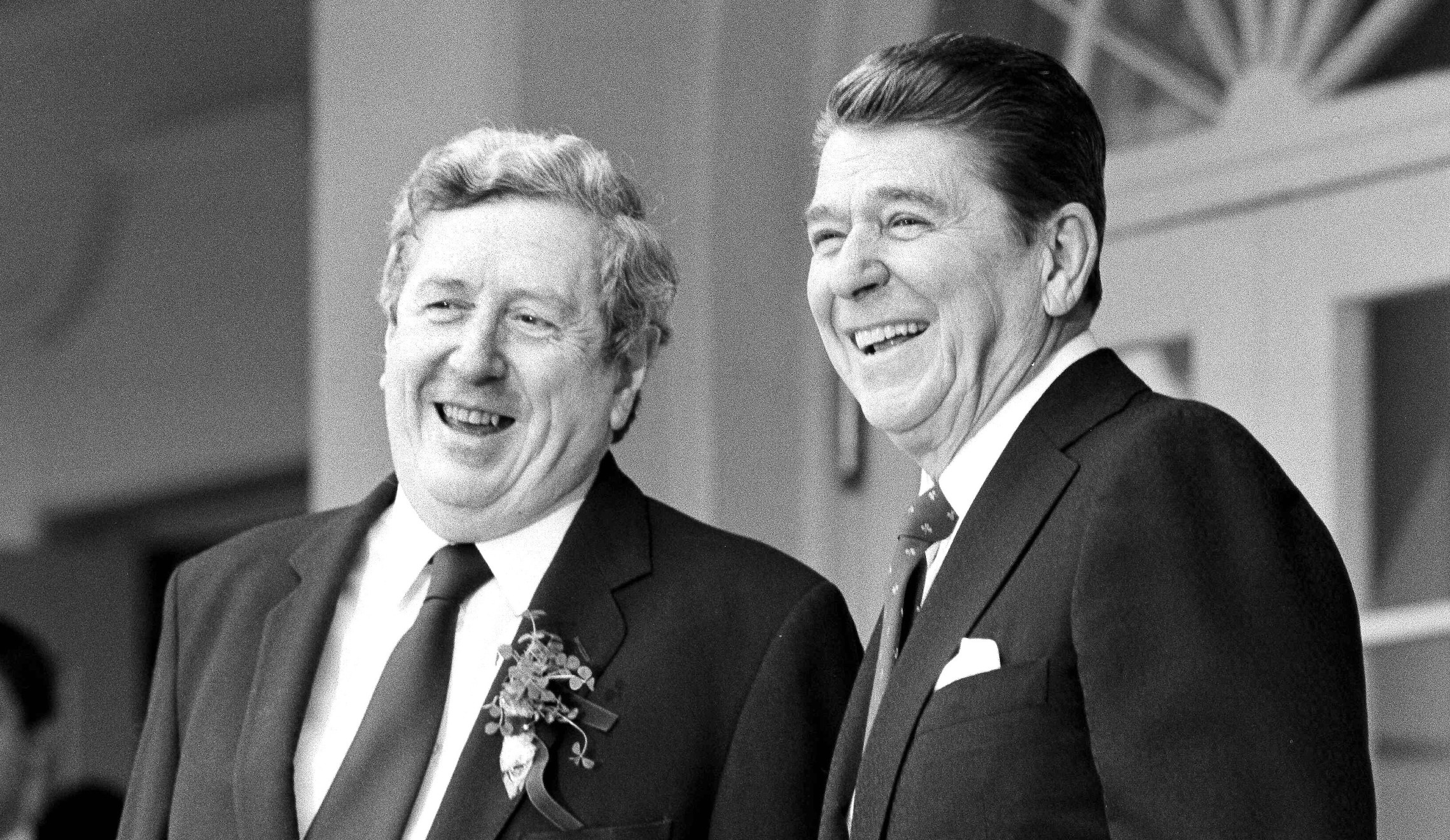Democratic nominee Joe Biden crisscrossing the country a handful of days before the election wouldn’t be notable in any other modern presidential cycle.
But it’s significant this year because it marks a drastic change of pace for the two-term vice president and 36-year Delaware senator.
Biden’s light public campaign schedule during the summer and for most of the fall, he claims because of the coronavirus pandemic, has been mocked by critics, who lambaste him as “Sleepy Joe,” and become a cause of concern for supporters suffering from 2016 post-traumatic stress disorder.
But it’s similarly raised questions about how the 77-year-old would govern should he win the White House next week over President Trump, setting him up to become the oldest commander in chief ever, when sworn in on Jan. 20, 2021.
To be fair, it’s not unprecedented for some presidential candidates to adopt a low-key campaign strategy, but they tend to be incumbents, according to author and historian David Pietrusza. Biden’s situation is obviously different.
Pietrusza explained it was once considered unseemly for sitting presidents to campaign too vigorously, ceding the political stage to challengers and vice presidents. Pietrusza cited William Howard Taft in 1912 and Calvin Coolidge in 1924 as examples, though Coolidge had another excuse: He was mourning the death of his 16-year-old youngest son.
Though Coolidge was known to be meticulous with budgets and his own speeches, he’s widely reputed to be the least energetic president, famously taking naps on the job, putting his feet up on the Theodore Roosevelt desk, and counting cars passing the White House on Pennsylvania Avenue.
“Each summer, he would take lengthy working vacations away from hot and humid Washington — to Vermont, South Dakota, Massachusetts, Wisconsin, and the Adirondacks,” Pietrusza said.

Roughly a decade later, in 1936, Franklin Delano Roosevelt launched his bid “very, very late, much to the consternation of his aides and only following a lengthy July pleasure voyage up the coast of New England,” Pietrusza told the Washington Examiner.
“FDR was a very late riser, usually awakening at 8:00 or 8:30 a.m. — as opposed to Eleanor, who arose unusually early and might even be out riding at 5:00 a.m.,” he said, referring to the late first lady. “FDR would also not get to his office until 10:30 or 11:00 a.m.”

Pietrusza added of John F. Kennedy, “I believe JFK said he wanted the job because there was no heavy lifting.”
Political and media historian Brian Rosenwald warned it was “almost impossible” to compare presidencies across eras because the role was less demanding in the 19th century. In fact, if presidents tried to overreach, they would face a backlash.
But if Rosenwald was forced to draw parallels, he said so-called “lazy presidents” could be separated into two categories: presidents who couldn’t work full days because of their health and presidents who didn’t work full days because they didn’t want to.
Rosenwald named Roosevelt, too, as an example for the former group, listing Woodrow Wilson as well.
Roosevelt “took far fewer appointments and had a lot of time for rest built into his schedule in his third term as his health declined,” he said. “Wilson did very little in his last 17-ish months in office after a stroke left him incapacitated.”
Wilson’s poor health actually predated the White House.
Wilson temporarily lost control of his right hand after an 1896 stroke, while a 1906 stroke briefly blinded him in his left eye before he lost all but his peripheral vision in it. Under White House physician Cary Grayson’s care, Wilson worked three to four hours a day, enjoyed long car rides, golfed an estimated 1,200 rounds, went to the theater (particularly for vaudeville performances), and rested each Sabbath and summer.

The other category? Rosenwald suggested Warren Harding and Ronald Reagan as good examples.
“Harding played a lot of cards and golf while also womanizing and having affairs,” he said. “Reagan worked a truncated day that usually included time for an afternoon nap, though some members of his family questioned this account.”
Post-Reagan, the pressure placed on presidents has ratcheted up.
“Their schedules were different — George H.W. Bush was an early morning guy, whereas Barack Obama was a night owl. But the hours were long for all of them, albeit with vacations,” Rosenwald said.
That is until Trump, in Rosenwald’s own assessment.
“He’s always watching and tweeting about cable news and spends less time in the Oval Office than most presidents, it seems,” he said, noting Trump’s trips to his Bedminster, New Jersey, golf course and Mar-a-Lago resort in Palm Beach, Florida.
Reagan biographer Craig Shirley reminded the Washington Examiner Abraham Lincoln was once described as being indolent before he was president, “but it may just have been his laconic style.”
“Eisenhower was also accused of being lazy, but he sure got a lot done in eight years for a lazy man,” he said.
Returning to his area of expertise, Shirley recalled Reagan countering detractors by joking, “They say hard work never killed anyone, but I figured why take the chance?”
“When he was about to leave the White House, he quipped his plan was to go sit on the porch at the ranch and put up his feet and relax. ‘Come to think of it, things won’t change that much after all,'” Shirley said of Reagan’s Rancho del Cielo
property in Santa Barbara, California.

Biden’s campaign schedule has largely aligned with public health guidance amid the COVID-19 outbreak. But his approach benefits an older, undisciplined nominee contesting the White House against an equally off-message opponent.
